Home>Furniture & Design>Bathroom Accessories>How To Keep A Bath Mat From Smelling
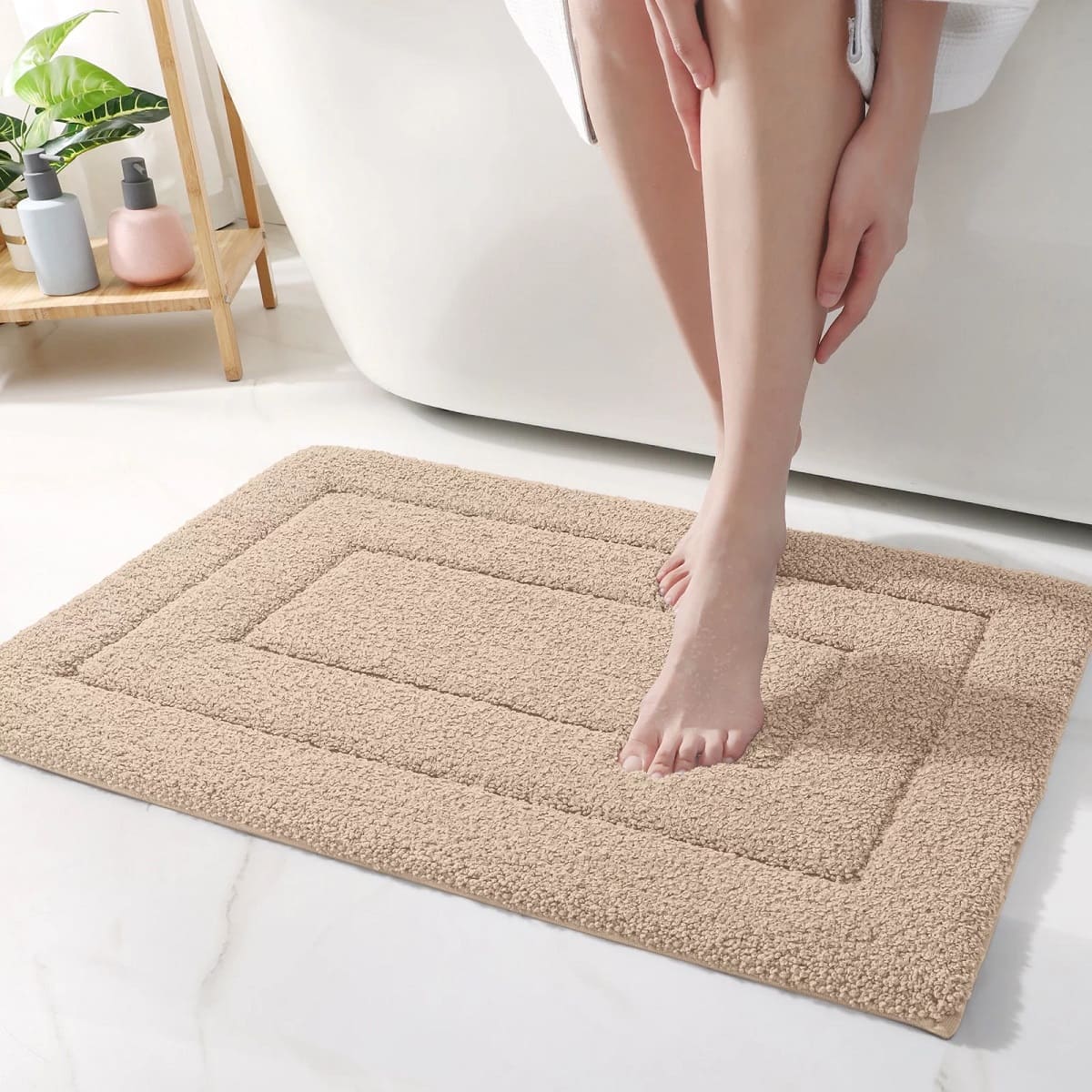

Bathroom Accessories
How To Keep A Bath Mat From Smelling
Published: February 10, 2024
Learn effective tips to prevent your bathroom accessories, including bath mats, from developing unpleasant odors. Keep your bathroom smelling fresh with these simple solutions.
(Many of the links in this article redirect to a specific reviewed product. Your purchase of these products through affiliate links helps to generate commission for Storables.com, at no extra cost. Learn more)
Introduction
A bath mat is an essential accessory in any bathroom, providing a soft and absorbent surface to step onto after a shower or bath. However, over time, bath mats can develop an unpleasant odor that lingers in the bathroom. This can be off-putting and may even indicate a buildup of bacteria and mold. To maintain a fresh and hygienic bathroom environment, it's crucial to understand the causes of bath mat odor and implement effective strategies to prevent it.
A clean and fresh-smelling bathroom is a welcoming space for both residents and guests. Therefore, addressing bath mat odor is not only about eliminating unpleasant smells but also about promoting a healthy and inviting atmosphere. By taking proactive steps to prevent bath mat odor and implementing proper cleaning and maintenance routines, you can ensure that your bathroom remains a pleasant and hygienic environment for everyone who uses it.
In the following sections, we will explore the common causes of bath mat odor, provide practical tips for preventing it, and discuss the best practices for cleaning and maintaining your bath mat. By understanding the factors that contribute to bath mat odor and implementing the recommended strategies, you can effectively keep your bath mat smelling fresh and maintain a clean and inviting bathroom space.
Key Takeaways:
- Say goodbye to smelly bath mats by washing and drying them regularly, using antibacterial sprays, and promoting air circulation. Keep your bathroom fresh and inviting with these simple tips!
- Keep your bath mat fresh and clean by regularly washing, thoroughly drying, spot cleaning, and inspecting for wear. Invest in high-quality, odor-resistant mats for a pleasant bathroom experience.
Read more: How To Remove Bath Mat Stains From A Bathtub
Causes of Bath Mat Odor
Bath mat odor can stem from various factors, and understanding these causes is essential for effectively addressing the issue. Here are the primary reasons why bath mats may develop unpleasant odors:
-
Moisture Retention: Bath mats are designed to absorb water, making them susceptible to moisture retention. When not given the opportunity to dry thoroughly, moisture becomes trapped within the fibers of the mat, creating an ideal environment for mold and mildew to thrive. The resulting musty odor can permeate the bathroom, creating an unpleasant atmosphere.
-
Bacteria Buildup: The combination of moisture and warmth in the bathroom provides an optimal breeding ground for bacteria. Over time, bacteria can accumulate on the surface of the bath mat, leading to the development of odor-causing compounds. This can result in a lingering, unpleasant smell that is difficult to eliminate without proper intervention.
-
Inadequate Air Circulation: Placing a wet bath mat in an area with poor air circulation hinders the evaporation of moisture, prolonging the dampness and contributing to odor development. Without adequate airflow, the mat remains damp for longer periods, exacerbating the issue of odor retention.
-
Infrequent Cleaning: Neglecting to clean the bath mat regularly allows dirt, skin cells, and other organic matter to accumulate. Over time, these substances can decompose, leading to the release of foul odors. Additionally, the presence of organic matter provides nutrients for bacteria and mold, further contributing to odor issues.
By recognizing these common causes of bath mat odor, you can take proactive measures to address each factor and prevent the development of unpleasant smells in your bathroom. In the following section, we will explore practical tips for preventing bath mat odor, offering effective strategies to maintain a fresh and hygienic bathroom environment.
Tips for Preventing Bath Mat Odor
Preventing bath mat odor requires proactive measures to address moisture retention, bacteria buildup, inadequate air circulation, and infrequent cleaning. By implementing the following tips, you can effectively maintain a fresh and hygienic bathroom environment while keeping your bath mat smelling clean and pleasant:
-
Regular Washing: To prevent the accumulation of dirt, skin cells, and moisture, it's essential to wash your bath mat regularly. Follow the manufacturer's instructions for washing and drying to ensure thorough cleaning without damaging the mat's fibers. Consider using a gentle detergent and a hot water cycle to effectively remove bacteria and odors.
-
Proper Drying: After each use, hang the bath mat in a well-ventilated area to allow for proper drying. Avoid placing it in a damp or confined space, as this can prolong moisture retention and contribute to odor development. If possible, expose the mat to direct sunlight, as sunlight has natural antibacterial properties and can help eliminate odors.
-
Use of Antibacterial Sprays: Periodically treating the bath mat with an antibacterial spray can help mitigate bacteria buildup and prevent the development of unpleasant odors. Look for a spray specifically designed for use on fabric surfaces and follow the instructions for safe and effective application.
-
Air Circulation: Ensure that the bathroom has adequate air circulation to facilitate the evaporation of moisture from the bath mat. Using a fan or opening windows after showering can help reduce humidity levels and prevent the lingering dampness that contributes to odor retention.
-
Rotation and Alternation: Consider having multiple bath mats on hand and rotate their use. This allows each mat to dry thoroughly between uses, reducing the likelihood of moisture accumulation and odor development. Alternating between mats also provides an opportunity for thorough cleaning and airing out.
-
Vinegar Soak: Periodically soaking the bath mat in a solution of water and white vinegar can help eliminate odors and inhibit bacterial growth. After soaking, thoroughly rinse and dry the mat to remove any residual vinegar scent.
By incorporating these preventive measures into your bathroom routine, you can effectively combat bath mat odor and maintain a fresh, inviting atmosphere. Consistent attention to cleaning, drying, and bacterial control will ensure that your bath mat remains free from unpleasant odors, contributing to a clean and hygienic bathroom environment.
Cleaning and Maintaining Your Bath Mat
Proper cleaning and maintenance are essential for preserving the freshness and longevity of your bath mat. By incorporating regular cleaning practices and implementing effective maintenance routines, you can ensure that your bath mat remains free from odor-causing bacteria and mold. Here are the key steps to cleaning and maintaining your bath mat:
Regular Washing
Regular washing is crucial for removing dirt, bacteria, and moisture that can lead to unpleasant odors. Check the manufacturer's instructions for specific washing guidelines, as some bath mats may be machine washable, while others require hand washing. Use a mild detergent and wash the mat on a hot water cycle to effectively eliminate bacteria and odors. Additionally, consider adding a cup of white vinegar to the wash cycle to enhance the antibacterial properties and help neutralize odors.
Read more: How To Dry A Bath Mat
Thorough Drying
After washing, ensure that the bath mat is thoroughly dried to prevent moisture retention. Hang the mat in a well-ventilated area or use a drying rack to allow air circulation. Avoid placing the mat in a damp or confined space, as this can prolong drying time and contribute to odor development. If possible, expose the mat to direct sunlight, as sunlight has natural antibacterial properties and can aid in odor elimination.
Spot Cleaning
In addition to regular washing, promptly address any spills or stains on the bath mat. Use a gentle stain remover or a mixture of mild detergent and water to spot clean the affected areas. Thoroughly rinse and dry the cleaned spots to prevent residual moisture, which can lead to odor buildup.
Antibacterial Treatment
Periodically treating the bath mat with an antibacterial spray can help control bacteria and prevent the development of odors. Choose a spray specifically formulated for fabric surfaces and follow the manufacturer's instructions for safe and effective application. This proactive measure can significantly contribute to maintaining a fresh and hygienic bath mat.
Rotation and Alternation
Consider having multiple bath mats and rotate their use to allow for thorough drying and airing out. Alternating between mats not only reduces the risk of moisture accumulation and odor development but also provides an opportunity for comprehensive cleaning and maintenance. This practice can extend the lifespan of your bath mats while minimizing odor-related issues.
Read more: How To Wash A Bath Mat
Inspection and Replacement
Regularly inspect your bath mat for signs of wear, damage, or persistent odors that cannot be eliminated through cleaning. If the mat shows significant wear or has an enduring odor, it may be time to consider replacing it. Investing in a high-quality bath mat made of durable and odor-resistant materials can contribute to long-term freshness and hygiene in your bathroom.
By adhering to these cleaning and maintenance practices, you can effectively preserve the cleanliness and freshness of your bath mat, ensuring a pleasant and hygienic bathroom environment for you and your family. Regular attention to cleaning, drying, and bacterial control will help maintain a clean and inviting atmosphere while preventing the development of unpleasant odors associated with bath mats.
Conclusion
In conclusion, maintaining a fresh and hygienic bathroom environment involves proactive measures to prevent bath mat odor and ensure the cleanliness of this essential accessory. By understanding the common causes of bath mat odor, including moisture retention, bacteria buildup, inadequate air circulation, and infrequent cleaning, individuals can implement effective strategies to address these factors and maintain a pleasant bathroom atmosphere.
The tips provided for preventing bath mat odor offer practical and actionable solutions. Regular washing, proper drying, the use of antibacterial sprays, promoting air circulation, and implementing a rotation and alternation system for bath mats are all effective measures for preventing the development of unpleasant odors. Additionally, the use of a vinegar soak and thorough spot cleaning can further contribute to maintaining a fresh and hygienic bath mat.
Furthermore, the importance of proper cleaning and maintenance cannot be overstated. Regular washing, thorough drying, spot cleaning, antibacterial treatment, and the practice of rotation and alternation are essential for preserving the cleanliness and longevity of bath mats. By incorporating these cleaning and maintenance practices into their routine, individuals can ensure that their bath mats remain free from odor-causing bacteria and mold, contributing to a clean and inviting bathroom environment.
It is crucial to recognize the significance of inspecting and, if necessary, replacing bath mats that show signs of wear, damage, or persistent odors. Investing in high-quality bath mats made of durable and odor-resistant materials can significantly contribute to long-term freshness and hygiene in the bathroom.
In essence, by implementing the recommended strategies for preventing bath mat odor and adhering to proper cleaning and maintenance practices, individuals can effectively keep their bath mats smelling fresh and maintain a clean and inviting bathroom space. A clean and fresh-smelling bathroom not only enhances the overall ambiance of the home but also promotes a healthy and welcoming environment for residents and guests alike. With consistent attention to cleaning, drying, and bacterial control, individuals can ensure that their bathroom remains a pleasant and hygienic space for everyone who uses it.
Frequently Asked Questions about How To Keep A Bath Mat From Smelling
Was this page helpful?
At Storables.com, we guarantee accurate and reliable information. Our content, validated by Expert Board Contributors, is crafted following stringent Editorial Policies. We're committed to providing you with well-researched, expert-backed insights for all your informational needs.
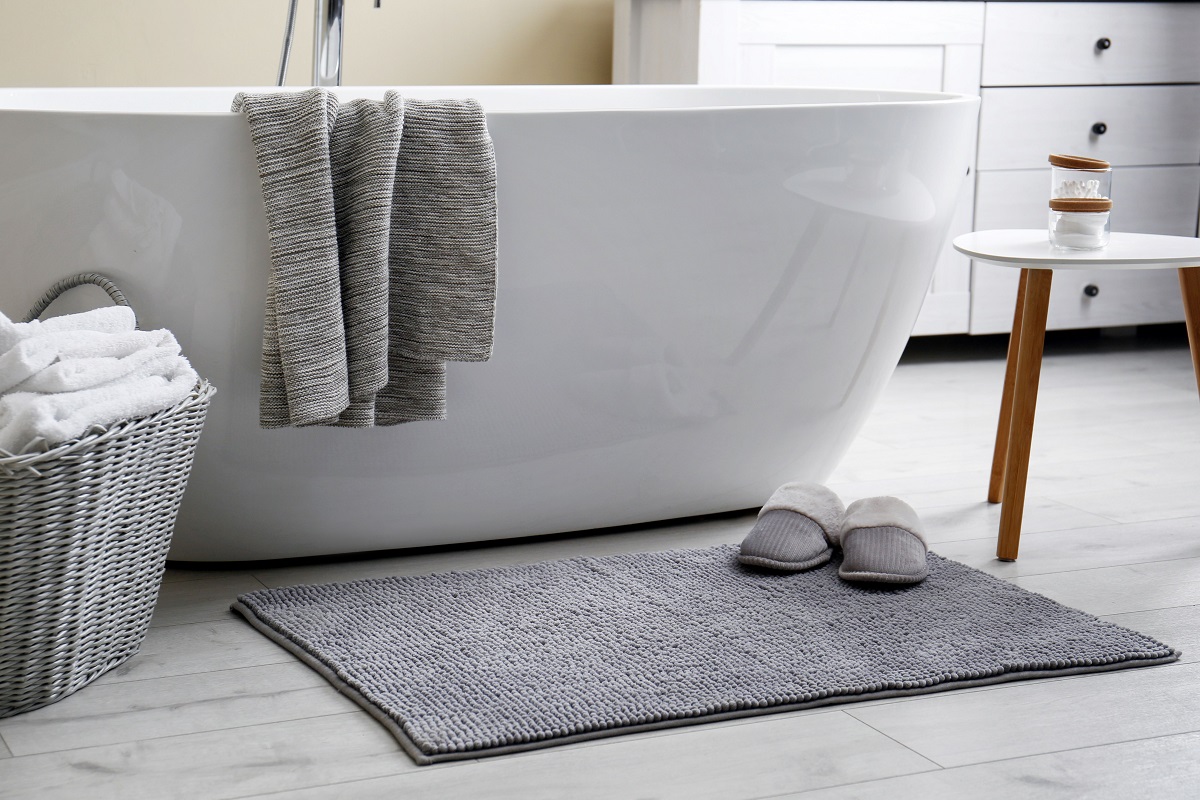
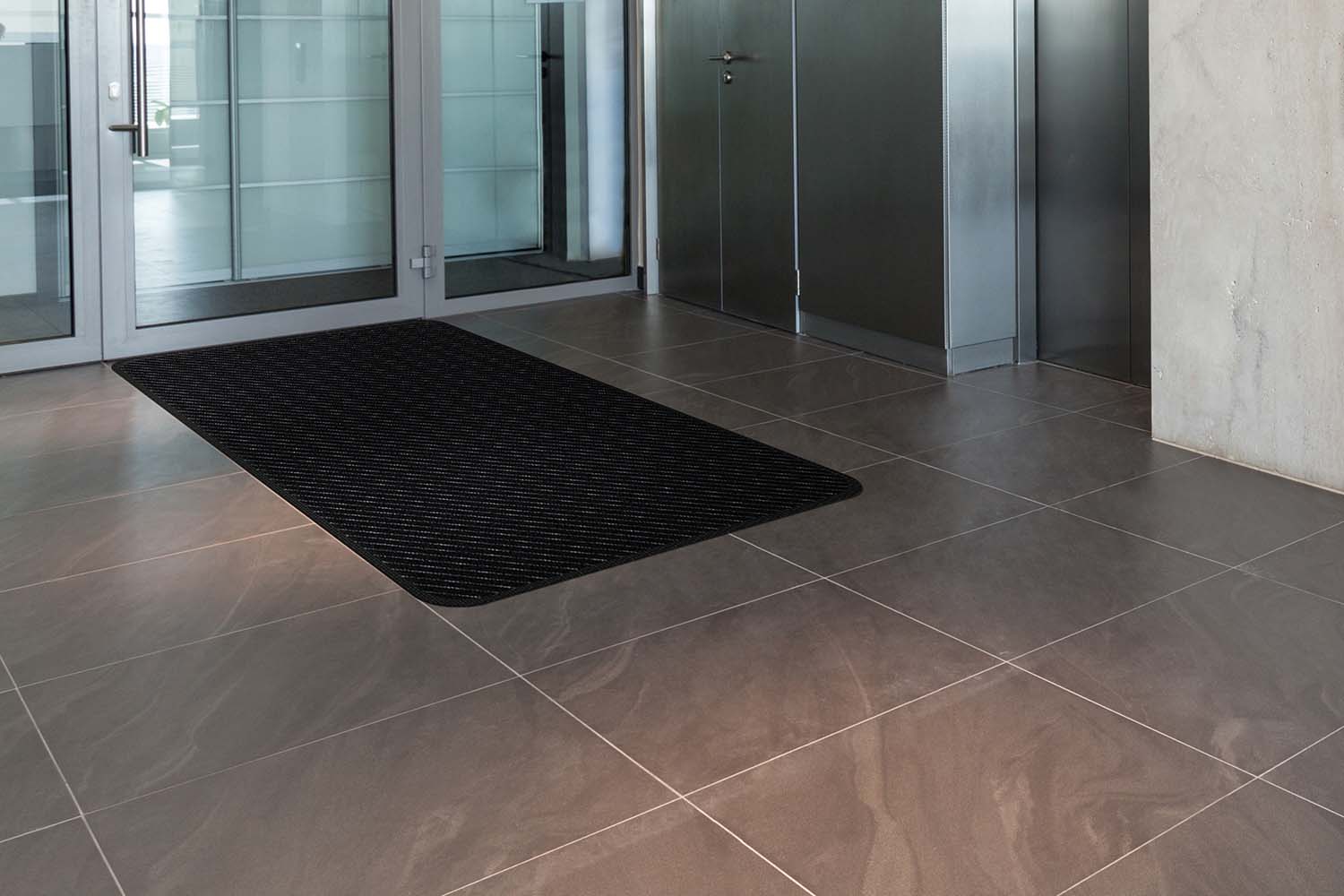
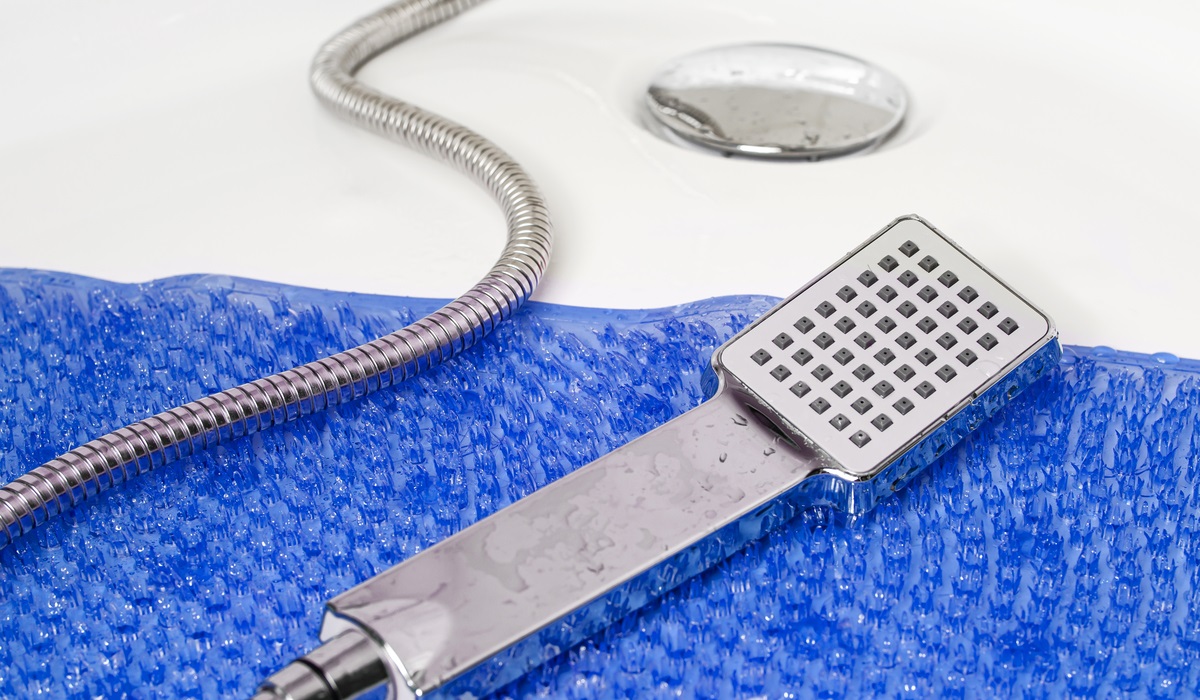
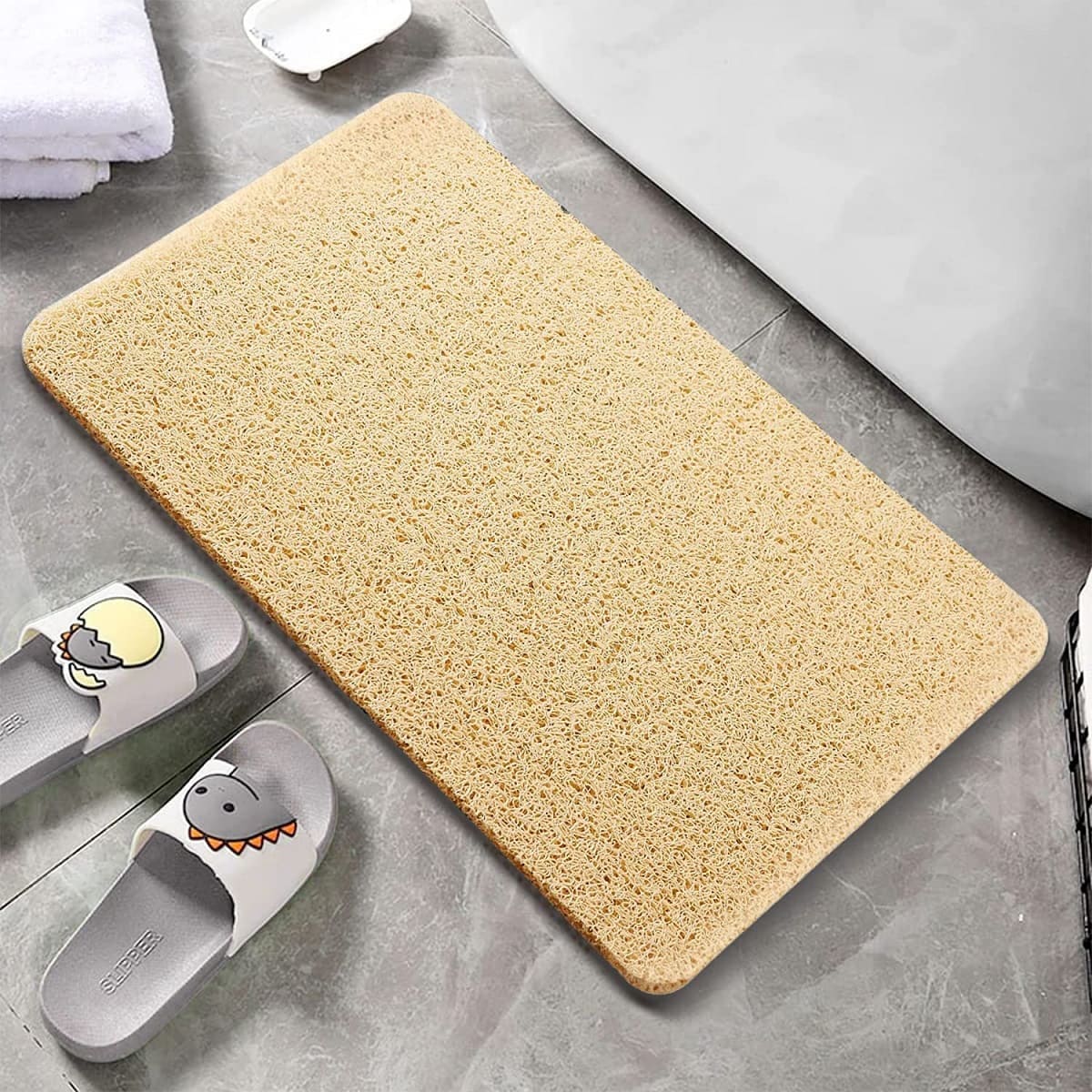
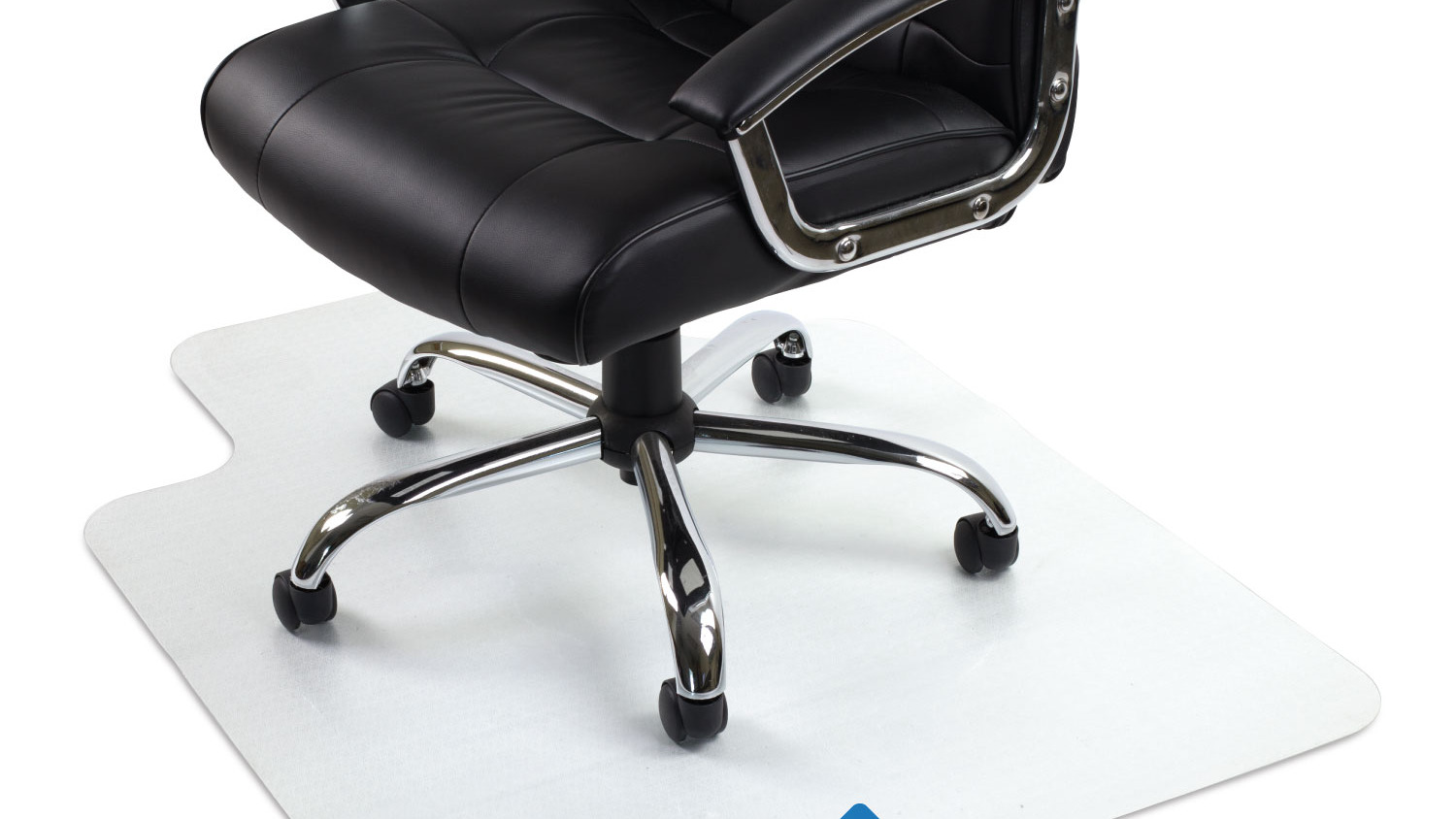
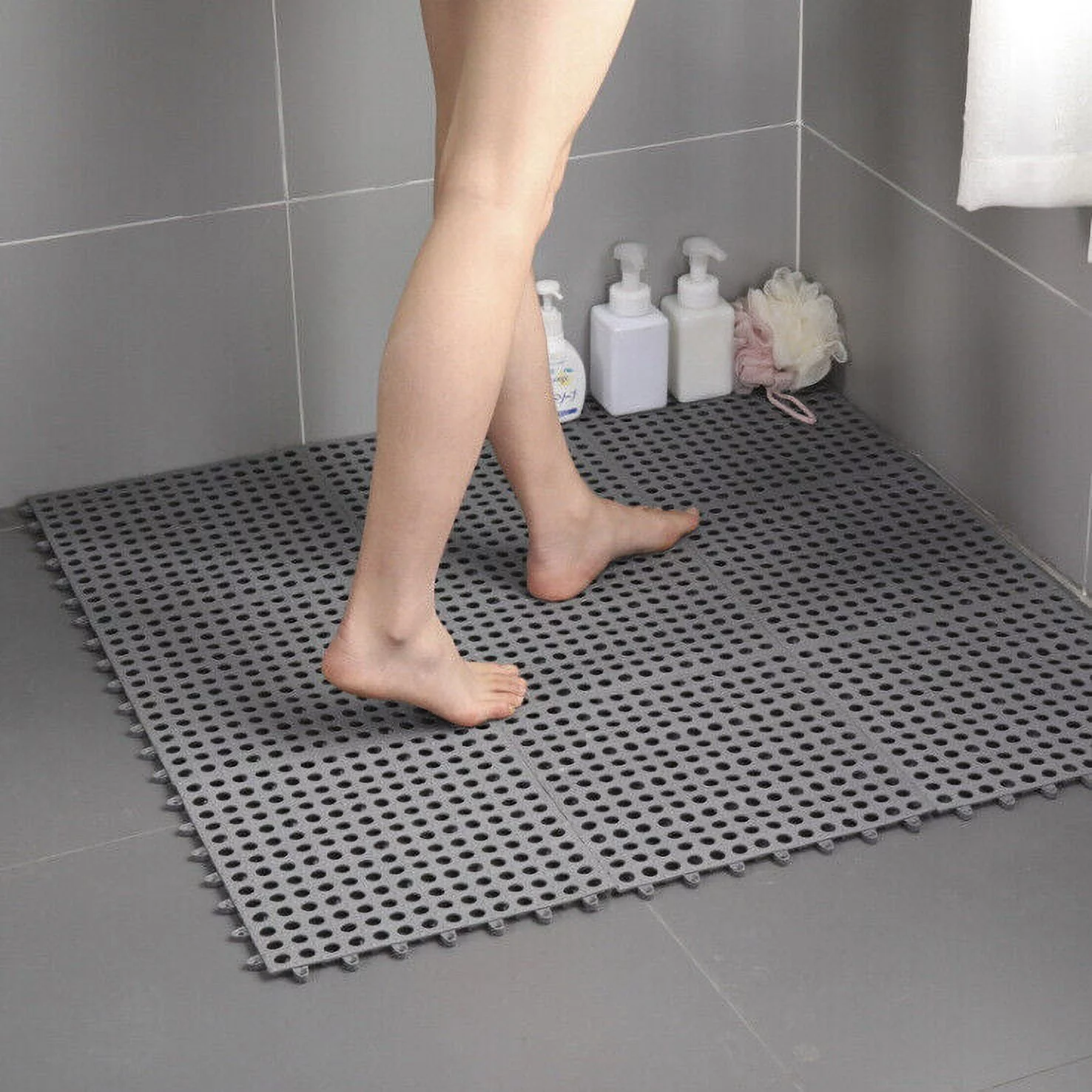
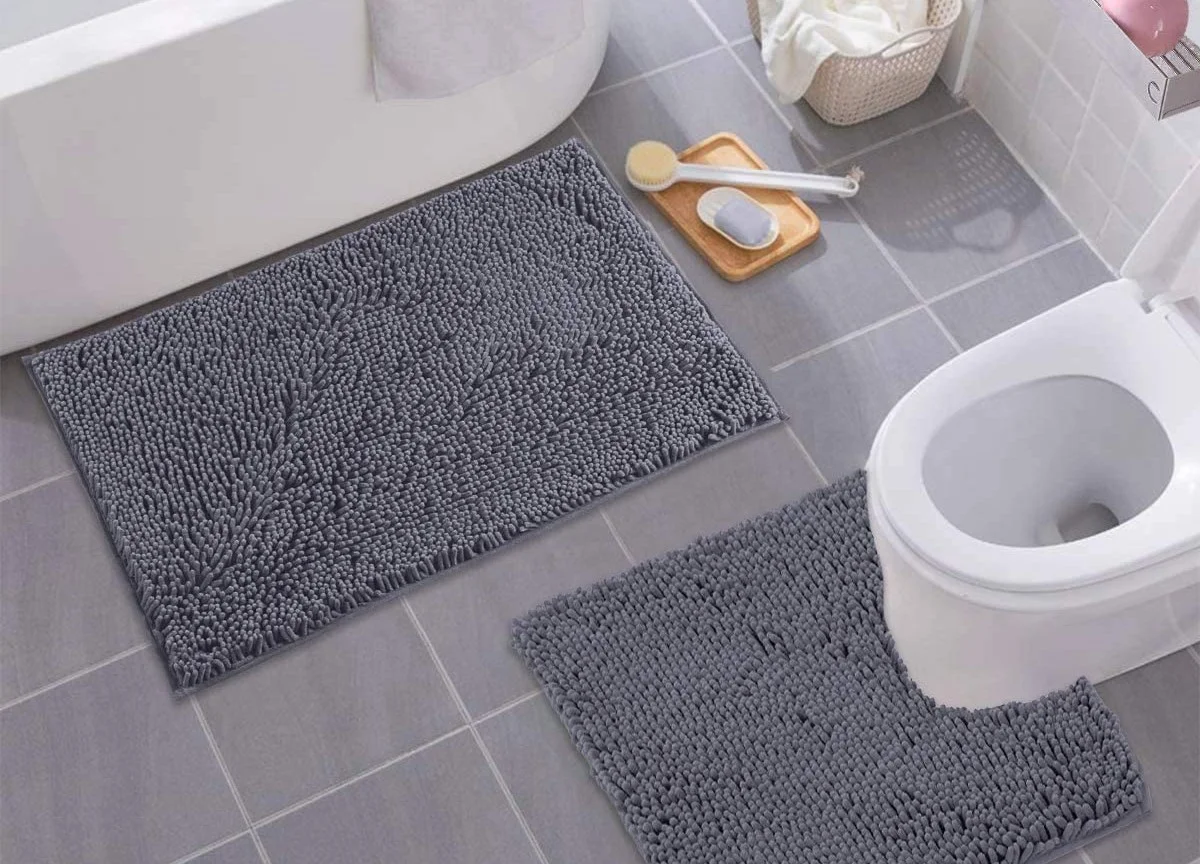
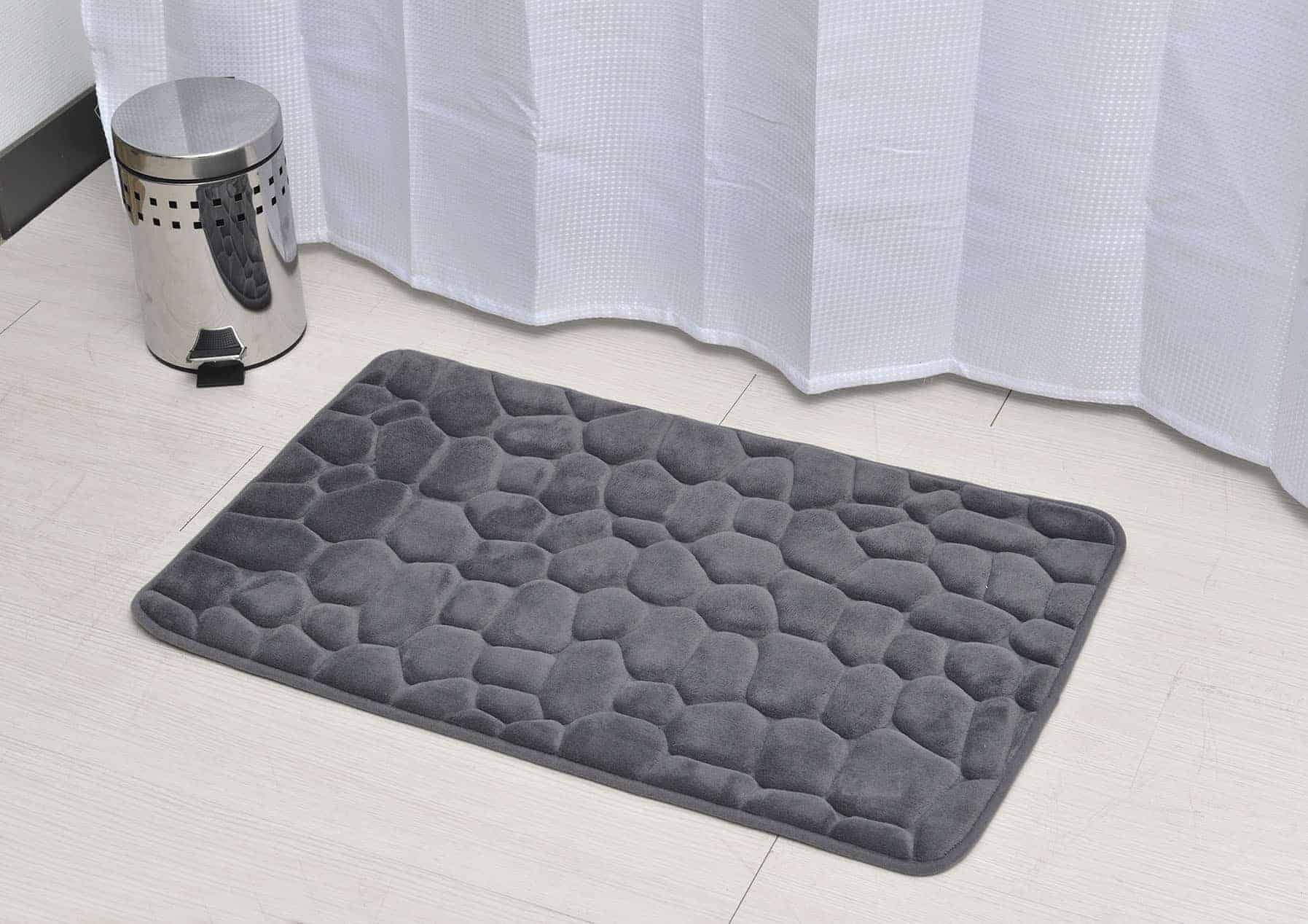
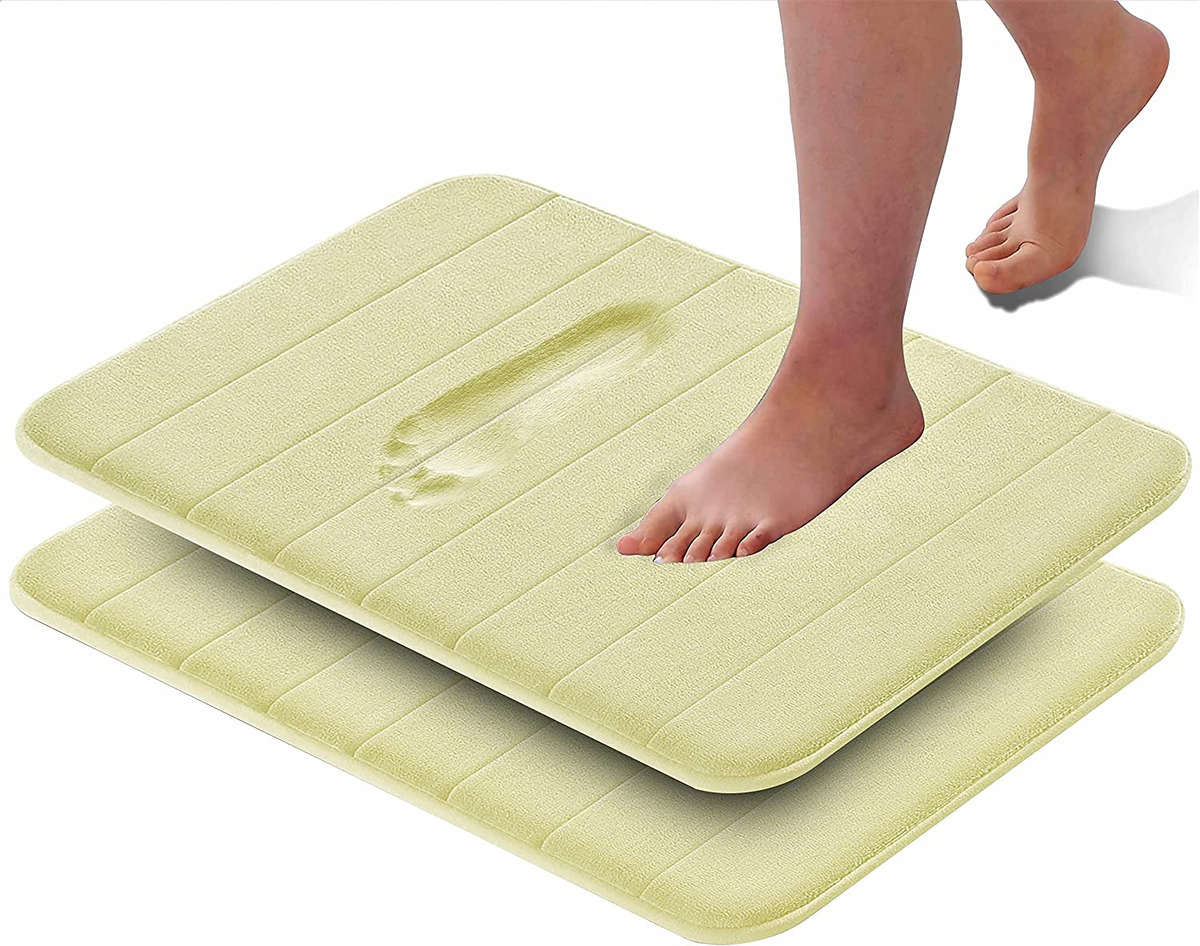
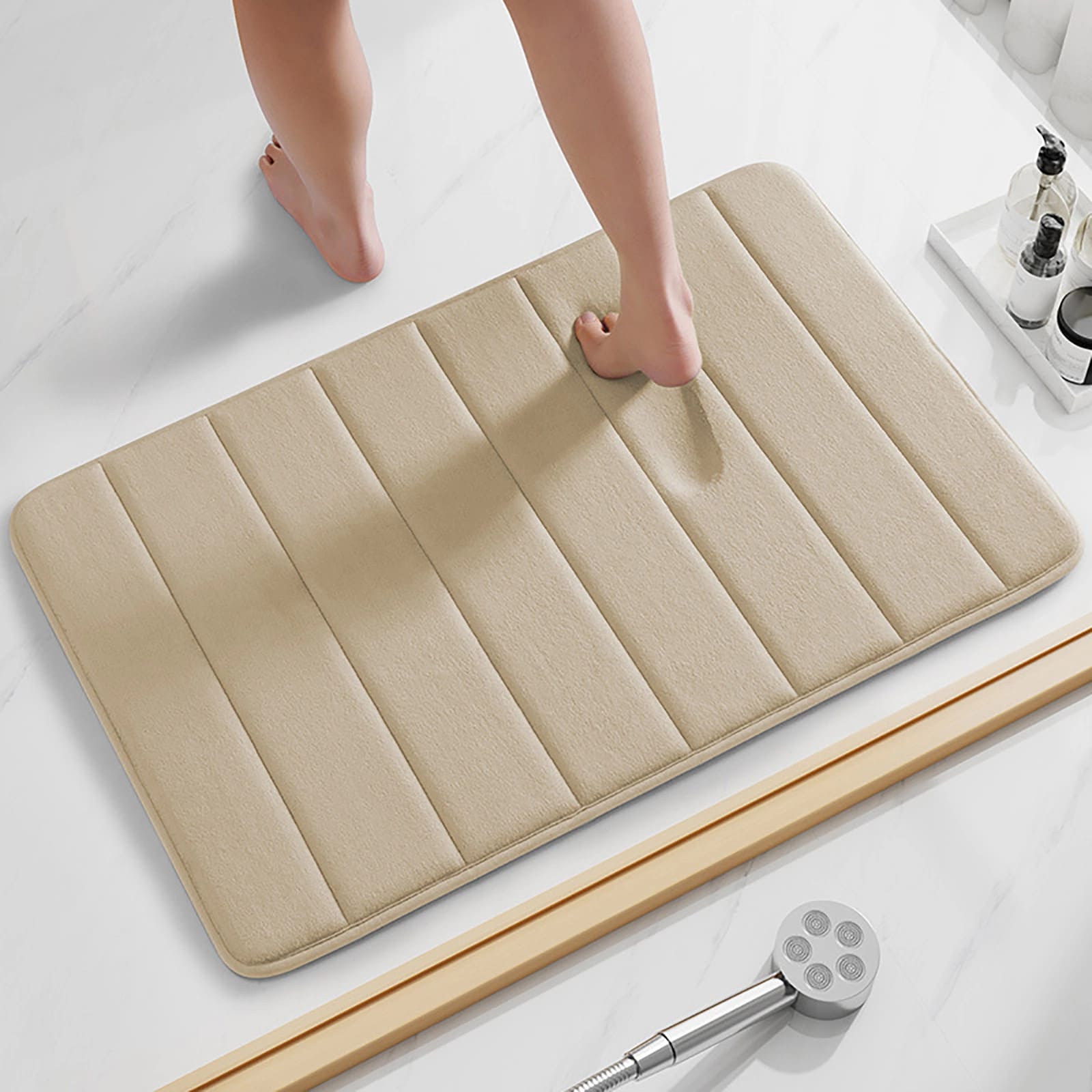
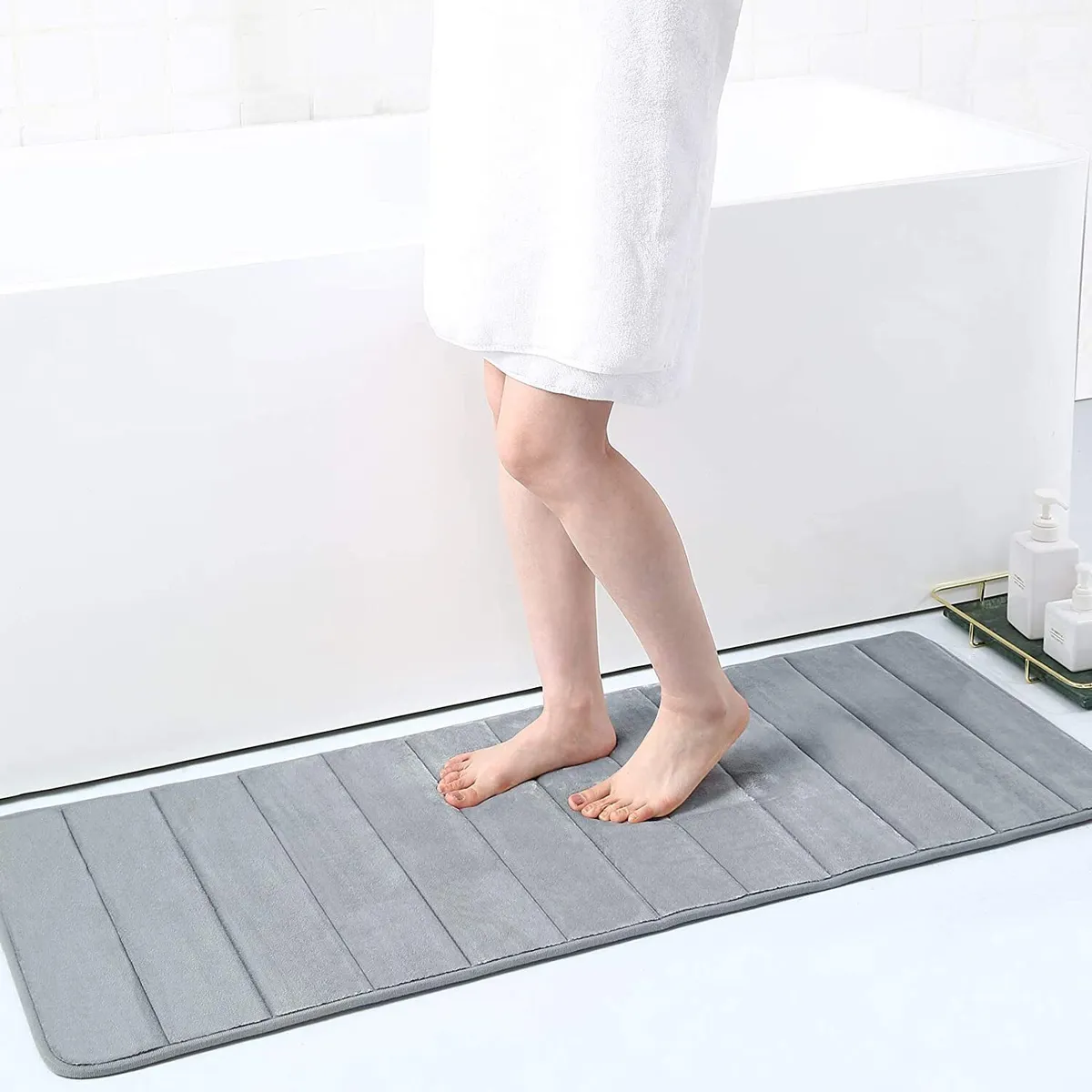
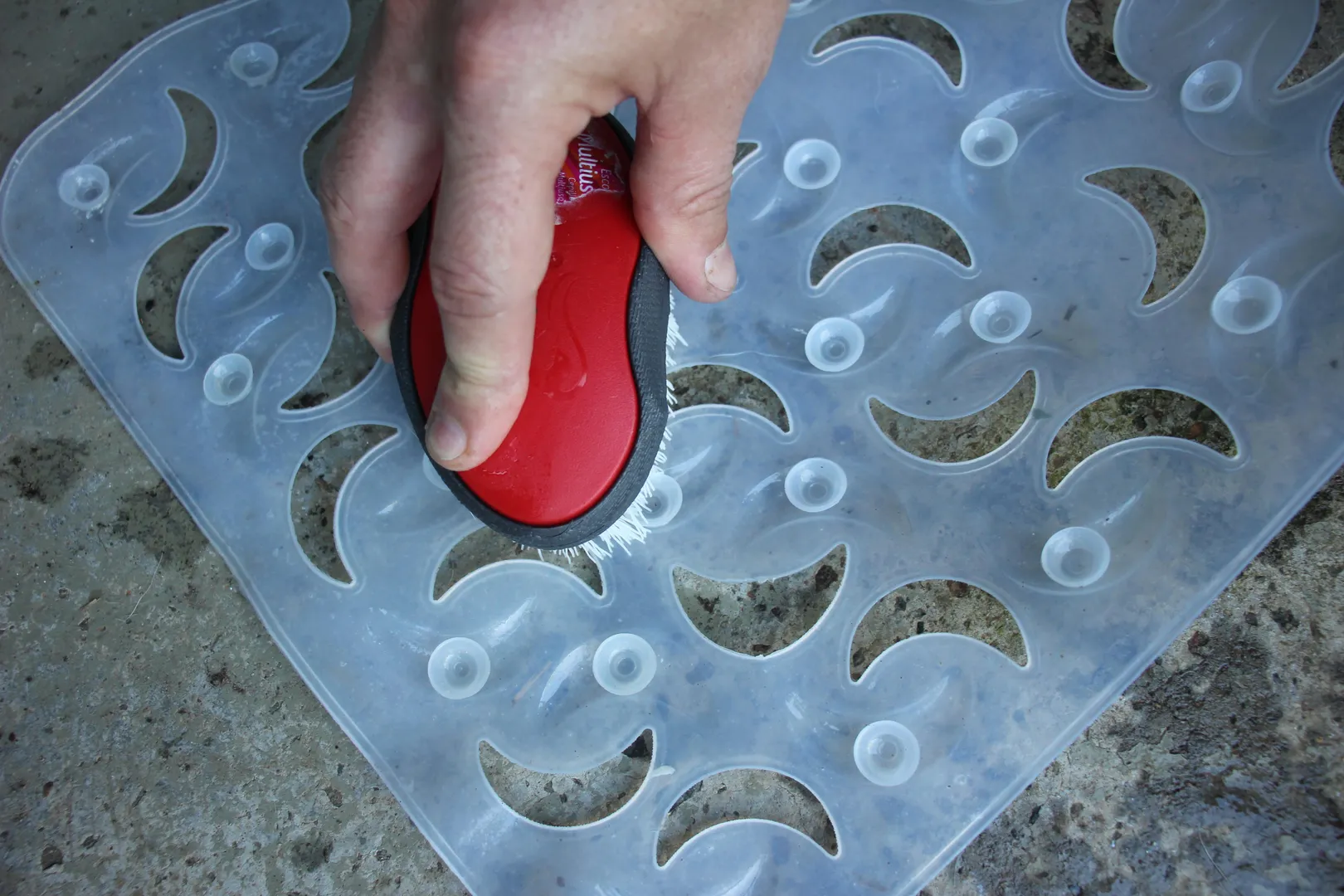
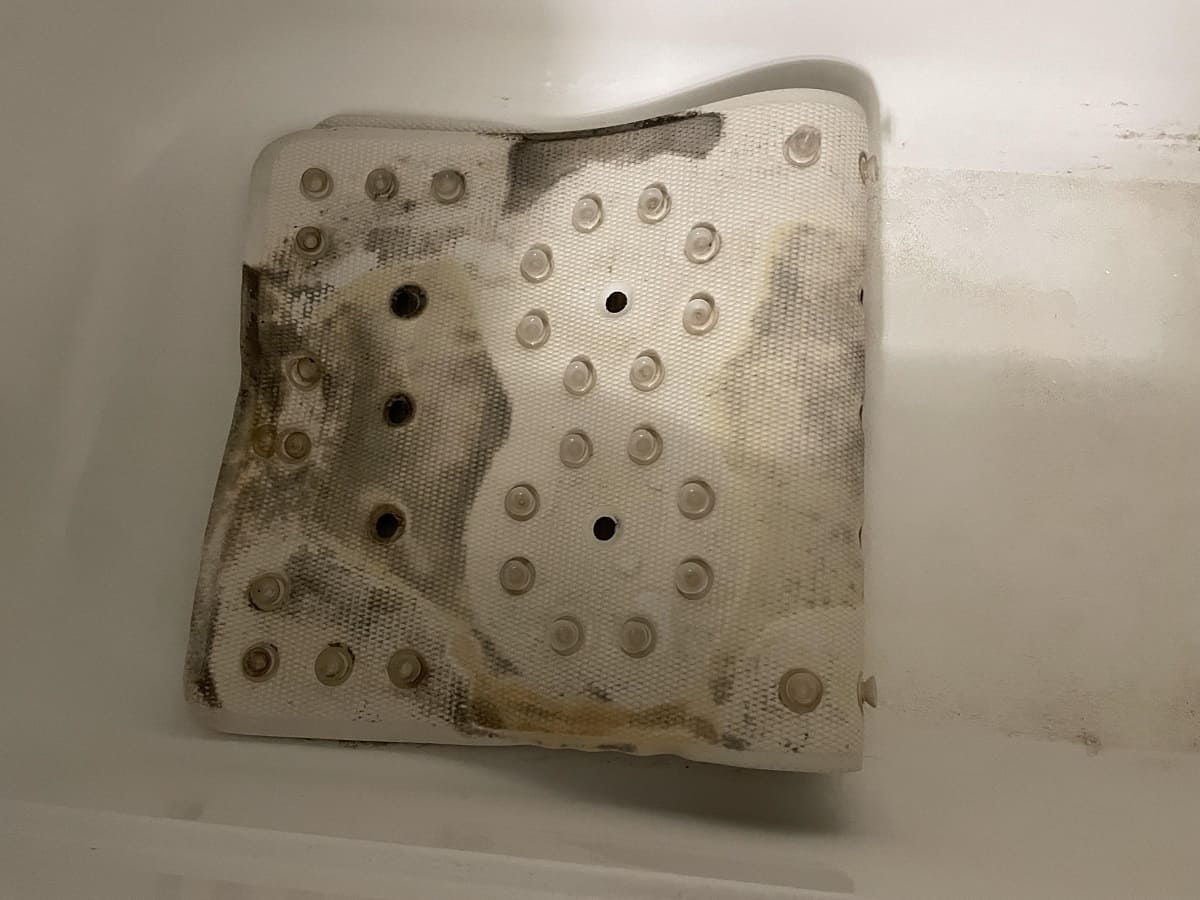

0 thoughts on “How To Keep A Bath Mat From Smelling”